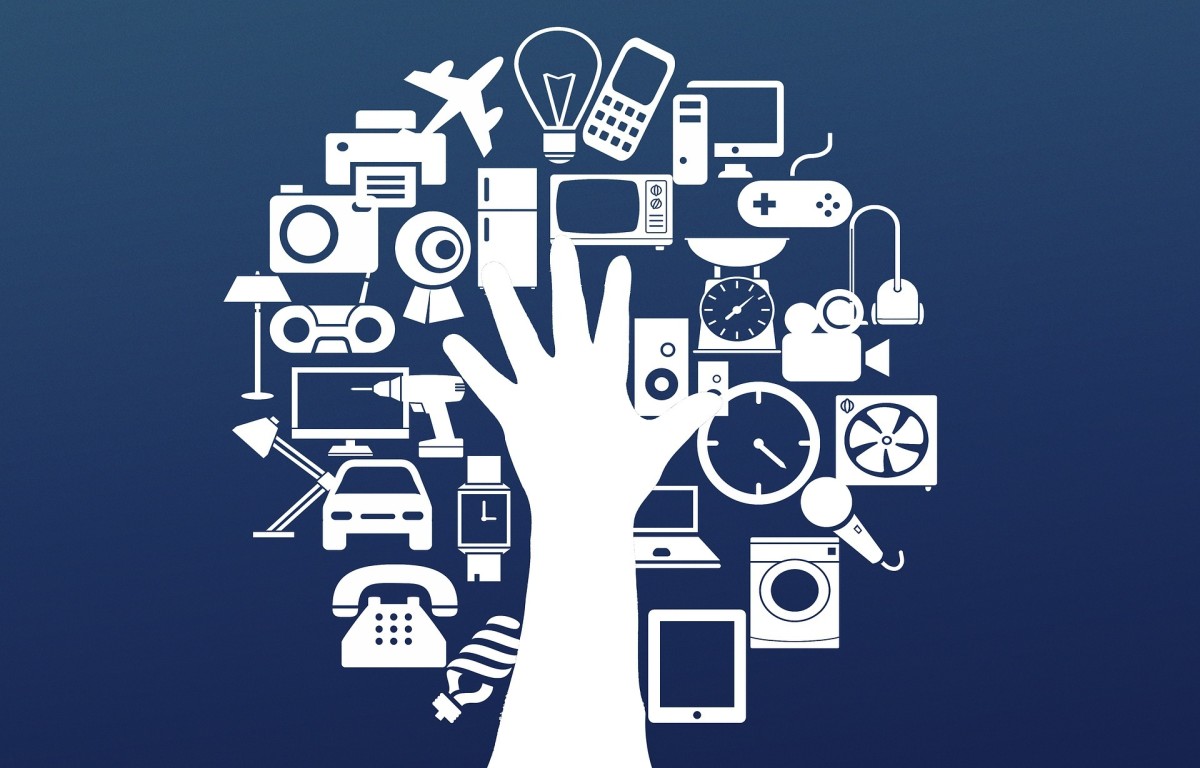They play an important role in almost all sectors of society, this includes education, health, infrastructure, communication, transport, trade, and information. The underlined importance of computers in these sectors of human society has created the need to create links and channels that aid the transfer and sharing of data and information from one computer to the next, or from one sector of society to the other sector. The transfer and sharing of data and information can be extended across geographical boundaries, this may include boundaries within the city, town, or province. Data and information can also be shared across the state or country lines of communication; this may extend from one continent to the other. The wide range of data transfer and sharing by computers can only be achieved through the creation of computer networks. Computer networks are defined as the interconnection of two or more computers in order to communicate and share available resources. The concepts of computer networks in this article will include a basic description of a computer network, the components of a network, and the basic uses of a network.
What Is a Computer Network?
A computer network consists of two or more computing devices that are connected in order to share the components of the network (its resources) and the information and data that is stored there. The most basic computer network consists of just two connected computing devices. It can be expanded when additional computers and devices are connected and add their resources to the network. It is worth noting that computing devices are not confined to laptops and desktop computers, but can also include other electronic devices such as; mobile phones, printers, tablets, switches, headsets, smartwatches, TVs, and many other network-connected devices.
Types of Computer Networks
Personal Area Network (PAN) Local Area Network (LAN) Campus Area Network (CAN) Metropolitan Area Network (MAN) Storage Area Network (SAN) Wide Area Network (WAN)
How Computer Networks Are Formed
Different types of networks are formed when more computing devices are added and connected to a network and share their resources. When the computer network grows, it becomes a more powerful tool. A network connected with more devices has more data and information and is capable of accomplishing more tasks because more additional resources and computer network devices have been added. The real power of networking computers and devices becomes apparent if the network is allowed to grow. The growing network can be connected to other distinct and different computer networks, enabling communication and resource sharing across a number of several different computer networks.
The Internet Network
The internet is the largest computer network. When you are browsing the internet, you are basically sharing your network resources on a global computer network. Most computer network users are familiar with network connections within an office, at home, or in an institution. Computer network connections can also be extended across geographical boundaries and borders. This may include networks within the city, across country borders, or even continents. In order to operate and expand any computer network connection, distinct components of a network are required. These are devices, media, and services. These network components facilitate and aid the transfer of data and information in a network. As the computer network expands, different types of computer network components are required.
Computer Network Components
Components of a computer network are categorized into three distinct groups: devices, media, and services. I will break these down below. — AL
Network Devices
Devices are part of the physical components or hardware of the network. These may include; routers, desktop computers, laptops, switches, servers, hubs, and printers. Devices are categorized into two groups: ‘intermediary devices’ and ‘end devices’. Intermediary devices are devices that interconnect end devices and ensure that data and information flow across the network. End devices are devices at the end of intermediary devices. They form the user interface between the network user and the computer network. Intermediary Devices Photo by Misha Feshchak on Unsplash
Routers Switches Firewall Hub Wireless Access Points
Endpoint Devices
Laptops Desktop Computers Printers Servers Smart phones Fax Machines
Network Media
Data and information in the network travel through a medium, this is the channel in which data and information move from its source to its destination. There are two types of network media, namely, guided and unguided network media. Photo by Kaitlyn Baker on Unsplash Guided Network Media These are commonly known as wired communication or bounded transmission media. The electromagnetic signals travel between the communicating devices through a physical medium/conductor. The medium for transmission is a physical conductor that also provides direction to the signal. Examples include:
Twisted pair Coaxial cables Fiber optic cables
Unguided Network Media Photo by Thomas Jensen on Unsplash Commonly known as wireless communication. It does not require any physical medium to transmit electromagnetic signals. In unguided media, the electromagnetic signals are broadcasted through the air to everyone. These signals are available to any network communicating device capable of receiving those signals. Examples include:
Radio waves. Microwaves. Infrared waves.
Network Services
A network service is an application running on a computer network that provides data storage, manipulation, presentation, communication or other capabilities. Examples include; Photo by Keri liwi on Unsplash
Email File sharing Instant messages Worldwide web Printing.
Importance of Computer Networks
Computer networks help users on the network to share resources and communicate. They have a wide range of applications including personal communication, home networks, and business applications. Photo by Webaroo.com.au on Unsplash Photo by Ilya Pavlov on Unsplash
Business Applications: Reduce Costs, Remote Work
Companies use networks and computers for resource sharing, this reduces the cost of purchasing extra hardware. Examples include: sharing printers by multiple users, sharing one server for information and data retrieval. The shared resources may also include software. The cost of purchasing and installing the software on each computer can be reduced by sharing the network software resources within the company network. Computer networks can also enable easy communication within the company or across different branches of the company. The growing trend of remote work has also increased. Some meetings can now be conducted through networked video conferences.
Home Applications: Smart TVs, Working From Home
Many households contain several networked devices, e.g. computers, smart TVs, and smartphones. A single internet service provider (ISP) can connect all the devices under one subscription and enable all the devices to be connected to the internet. Photo by Campaign Creators on Unsplash The network also enables the user to purchase and sell goods and services while at home. A growing trend of employees working from home also utilizes the use of computer networks connected to the work stations at their places of work. Freelancers and remote workers also connect to a global network of clients and customers through their computers at home.
Mobile Applications
Tablets, laptops, and smartphones are popular mobile devices, these devices can be connected to a workplace or home network and enable them to access resources from the network while in transit. Photo by Mimi Thian on Unsplash
Final Thoughts
Computer networking offers a diverse range of technological solutions to businesses, homes, and institutions in various formats. Networks, depending on the size can be inexpensive to set up and can enable the network user to have access to a number of available resources at any time or place. Photo by Tyler Franta on Unsplash The importance of computer networks is also evident in the growing number of remote work and communication applications. The growth in e-learning, remote work, and home offices have created a high demand for these devices and services. Acquiring this basic knowledge has now become an important aspect of education. This content is accurate and true to the best of the author’s knowledge and is not meant to substitute for formal and individualized advice from a qualified professional. © 2020 AL
Comments
aminu ahmad on May 26, 2020: i sarch inform about computer many i visit this site AL (author) on February 20, 2020: Thank You, Olusegun, I tried to make it as basic I could possibly make it, glad you enjoyed it. OLUSEGUN from NIGERIA on February 20, 2020: Wow! Wondrous!! Educative and up to date. Really dishing out “professorial” stuffs here. enjoyed it sir.











